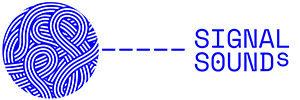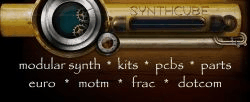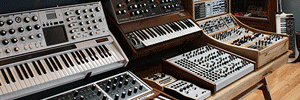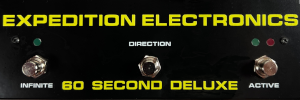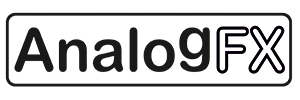
Showing posts sorted by date for query Emu Audity. Sort by relevance Show all posts
Showing posts sorted by date for query Emu Audity. Sort by relevance Show all posts
Monday, November 13, 2023
Synth Stacks - Seeing Double
A couple of pics in via supporting member, Soundray.
Seeing double applies more to the bottom pic.
Left:
Emu Proteus 2500
Emu Audity 2000
Emu Proteus/2 XR Orchestral
Emu Proteus/2 XR
Emu Proteus 2000
Emu Ultra Proteus
Emu Vintage Keys
Emu Proteus FX
Emu Orbit The Dance Planet 9090
Emu Carnaval Lugando Con Fuego
Emu Planet Phatt
Emu Xtreme Lead-1
Emu Orbit-3
Emu Virtuoso 2000
Emu B-3
Below:
Novation Supernova II x 2
Korg O3R/W
Korg M3R
Korg O1R/W x 2
Korg M1R
Korg Wavestation A/D x 2
Roland JV-2080
Roland JV-2080 Expanded
Roland Super JD x 2
Roland Super JV x 2
Thursday, June 15, 2023
E-mu Audity 2000 + Xtreme ROM Demo
video upload by Panu Savolainen
"Multitracked Emu Audity 2000 with Xtreme Rom demo. Additional reverb and delay used in some sounds."
Wednesday, March 11, 2020
The Complete Guide to Synthesizer by Devarahi Including the Con Brio ADS 200, Buchla Touche, Emu Audity, Aries and SMS Modular Systems & More
Note: Auction links are affiliate links for which the site may be compensated.
via this auction
"The Complete Guide to Synthesizers by Devarahi. Covers many legendary, vintage, analog and digital synthesizers. Arp 2600 sections. Many pics and diagrams."
Some synths featured inside:
Aries Keyboard System III
SMS Modular Synthesizer
Polyfusion
Moog System 55
Fairlight C.M.I.
Con Brio ADS 200 Digital Command Console
Crumar / DKI GD ?
Emu Audity
Buchla Touche
via this auction
"The Complete Guide to Synthesizers by Devarahi. Covers many legendary, vintage, analog and digital synthesizers. Arp 2600 sections. Many pics and diagrams."
Some synths featured inside:
Aries Keyboard System III
SMS Modular Synthesizer
Polyfusion
Moog System 55
Fairlight C.M.I.
Con Brio ADS 200 Digital Command Console
Crumar / DKI GD ?
Emu Audity
Buchla Touche
LABELS/MORE:
Aries,
Auctions,
Buchla,
Con Brio,
Emu,
exclusive,
exclusive2020,
Fairlight,
MOOG,
Polyfusion,
scans,
SMS,
Synth Books
Saturday, September 26, 2015
Buchla 2040 - Emu Filter module - test 1
Published on Sep 26, 2015 DJjondent
Update: the video has been pulled. I'll put a new post up to let you know if it comes back.
"A bit of testing for a DIY Buchla format module.
The audio source is a vintage Buchla 144.
The 2040 uses a SSM 2040 filter chip."
"The top is a clone of the LP filter from the Emu Systems Audity Synth and SSM 2040 voice card.
The PCB is from Analog Metropolis.
It is designed for Eurorack with pots mounted on the PCB.
You can still buy this PCB from AM Synths.
The filter is a 4 pole with cutoff of 24dB/Oct.
The module uses the SSM 2040 filter chip which was designed by Dave Rossum of Emu.. Apart from the Emu synth, this chip can be found in the Digisound 80-7.,Octave Cat (MKII), the Prophet 5 (rev.1 & 2. .......NOT Rev 3 prophets, which use Curtis chips) and the legendary RSF Kobol."
Thursday, December 20, 2012
An Interview with E-mu's Founder Dave Rossum
This one in via David Vandenborn of DVDBORN on The MATRIXSYNTH Lounge. theEMUs.com has an interview up with E-mu's founder David Rossum. The following is just the first question and answer for the archives. Click through above for the full interview.
"I read on the internet once that you got inspired to build the first Emulator after having seen the Australian Fairlight CMI at the AES show in 1980. I also want to build a lot of stuff that I see – but I always fail miserably and can’t even get my head around it.
I obviously know that you build modular synthesizers and that you created the technology for keyboards for other companies like Sequential Circuits Inc. and Oberheim Electronics.
What made you so sure you could do a sampler? Had you been experimenting with digital circuitry and RAM based technology prior to this? Did you buy a Fairlight sampler to look at when developing the Emulator – or did you do it differently – from scratch?
To understand fully, you need some background: the situation in May 1980 was that we returned from AES to find that Sequential Circuits was refusing to pay the royalties they had promised, and that we had counted on to fund the marketing of the Audity - which we introduced at the show.
We needed a product soon. Scott Wedge, Marco Alpert and Ed Rudnick had been talking on the drive back from the show, and thought that the Fairlight had one and only one good feature - sampling. We had also seen a Publison Digital Delay that had a capture mode, and the captured (sampled) sound could be played with a control voltage/gate type synthesizer keyboard.
The guys came to me with their ideas, and we had the need for a new MI product quickly to replace the lost Sequential revenue stream.
E-mu was the first company to use a microprocessor in an MI product - our 4060 polyphonic keyboard and digital sequencer, introduced in 1976. We'd done all sorts of stuff with microprocessors - the Audity had a full blown real-time operating system I'd written.
We'd built our own Z-80 development system including disk interfaces, etc. The sequencer in the 4060 used 64K bytes of dynamic RAM. And as I've been previously quoted as saying, "Any asshole can design digital circuits." (Analog is a LOT harder).
We also had been consultants for Roger Linn on the circuit design for the LM-1, so we knew a bit about sampling as well. We'd played with COMDACs in the lab at E-mu as well.
The Fairlight used a separate RAM and a separate CPU for each voice. When Scott, Marco, and Ed came to me with their idea, I knew that such an approach was simply too expensive for an MI product. We'd just have another Audity-class product, competitive with the Fairlight.
So I saw that the key would be to use ONE CPU and ONE memory for all eight voices. The trick was getting the memory bandwidth to accomplish that. The solution was a combination of fast, cheap DMA chips and some FIFO buffers to give them big enough bursts so that the bus negotiation didn't hog too much bandwidth.
So the answer is that we never gave the slightest thought anything but designing the Emulator from scratch. I was revolutionizing the state of the art - building what was in my mind, not duplicating something that I'd seen. And the hardware was the easy part.
The software was the real challenge. The Audity we demo'ed at AES had about 10,000 lines of code, which I'd written in about 3 weeks. The Emulator code base was a similar size, but rather more complex in several ways. Getting both the hardware and software into a form for demonstration at January NAMM 1981 was a real challenge. And that leads to..."
Emu
"I read on the internet once that you got inspired to build the first Emulator after having seen the Australian Fairlight CMI at the AES show in 1980. I also want to build a lot of stuff that I see – but I always fail miserably and can’t even get my head around it.
I obviously know that you build modular synthesizers and that you created the technology for keyboards for other companies like Sequential Circuits Inc. and Oberheim Electronics.
What made you so sure you could do a sampler? Had you been experimenting with digital circuitry and RAM based technology prior to this? Did you buy a Fairlight sampler to look at when developing the Emulator – or did you do it differently – from scratch?
To understand fully, you need some background: the situation in May 1980 was that we returned from AES to find that Sequential Circuits was refusing to pay the royalties they had promised, and that we had counted on to fund the marketing of the Audity - which we introduced at the show.
We needed a product soon. Scott Wedge, Marco Alpert and Ed Rudnick had been talking on the drive back from the show, and thought that the Fairlight had one and only one good feature - sampling. We had also seen a Publison Digital Delay that had a capture mode, and the captured (sampled) sound could be played with a control voltage/gate type synthesizer keyboard.
The guys came to me with their ideas, and we had the need for a new MI product quickly to replace the lost Sequential revenue stream.
E-mu was the first company to use a microprocessor in an MI product - our 4060 polyphonic keyboard and digital sequencer, introduced in 1976. We'd done all sorts of stuff with microprocessors - the Audity had a full blown real-time operating system I'd written.
We'd built our own Z-80 development system including disk interfaces, etc. The sequencer in the 4060 used 64K bytes of dynamic RAM. And as I've been previously quoted as saying, "Any asshole can design digital circuits." (Analog is a LOT harder).
We also had been consultants for Roger Linn on the circuit design for the LM-1, so we knew a bit about sampling as well. We'd played with COMDACs in the lab at E-mu as well.
The Fairlight used a separate RAM and a separate CPU for each voice. When Scott, Marco, and Ed came to me with their idea, I knew that such an approach was simply too expensive for an MI product. We'd just have another Audity-class product, competitive with the Fairlight.
So I saw that the key would be to use ONE CPU and ONE memory for all eight voices. The trick was getting the memory bandwidth to accomplish that. The solution was a combination of fast, cheap DMA chips and some FIFO buffers to give them big enough bursts so that the bus negotiation didn't hog too much bandwidth.
So the answer is that we never gave the slightest thought anything but designing the Emulator from scratch. I was revolutionizing the state of the art - building what was in my mind, not duplicating something that I'd seen. And the hardware was the easy part.
The software was the real challenge. The Audity we demo'ed at AES had about 10,000 lines of code, which I'd written in about 3 weeks. The Emulator code base was a similar size, but rather more complex in several ways. Getting both the hardware and software into a form for demonstration at January NAMM 1981 was a real challenge. And that leads to..."
Emu
Wednesday, September 26, 2012
1981 POLYPHONY Magazine Featuring Bode E-Mu Korg PAIA
Note: Auction links are affiliate links for which the site may be compensated.
via this auction
"POLYPHONY Magazine was a promotion of PAIA synthesizers. In this issue are the Bode Phaser ad, EMU history and the Audity, ProOne and computer interface, build your own oscillator, etc etc etc. In pretty good condition, not perfect but only slight wear overall..."
via this auction
"POLYPHONY Magazine was a promotion of PAIA synthesizers. In this issue are the Bode Phaser ad, EMU history and the Audity, ProOne and computer interface, build your own oscillator, etc etc etc. In pretty good condition, not perfect but only slight wear overall..."
Wednesday, February 29, 2012
The Fairlight Qasar
 Note this is the Qasar II. See candor chasma for a pic and additional details on the Qasar 1.
Note this is the Qasar II. See candor chasma for a pic and additional details on the Qasar 1.Top: "The Fairlight CMI was based on the architecture of the Qasar M8 (Multimode 8), created by Tony Furse in 1975. In the early 70's, Tony Furse created his first prototype of hybrid analog/digital synthesizer, the Qasar I."
Bottom: "In 1972-1973, Furse created his second prototype, the Qasar II, with the financial help of both the Federal Government of Australia and Don Banks, composer and director of the Canberra School of Electronic Music."
And via the comments of The First Synth To post: "What about the Quasar, (c.1975) predecessor of the Fairlight or the RMI digital keyoboard? (c.1974) Also one of the first additive/wavetable machines was the PPG 340/380 System, around late 70's I think. Wavetable synthesis become famous and widely available by the PPG Wave series starting with the wavecomputer 360 (c.1979) Also don't forget the Crumar CDS.
Also: First sampling keyboard: the Chamberlain and first speech synthesis modeler: the Voder! Also first 16 voice analogue synth would be the EMU Audity if it had be released.
Nick the space_nerd"
via Deviant Synth
Thursday, February 24, 2011
Monday, March 02, 2009
The E-mu Audity?

John sent in this image and was wondering what was sitting on top of the PPG 100 Series and below the RSF Expander. You can barely see it but John thinks this might be rare E-mu Audity.
"If it's what I think, well the owner of the studio, is the happy owner of very historic module.I belive it is the Emu Audity module, that was in the possession of Chris Franke of Tangerine Dream in the early 80's and it was included in his modular rack."
If anyone knows please comment or send me an email. My contact info is on the bottom right of the site. Also, if anyone knows the source of this image please let me know. I usually like to link to the source but in this case we do not know.
Update: be sure to see these posts for more including the E-Mu Audity keyboard with a link to samples.
Update via translucent_nick in the comments: "The photo belongs to Mr. Thomas Henze:
http://www.myspace.com/henzman/photos/1164851
thanks to contributions of a huge Tangerine Dream fan, Andy King, I can assure you that it is a basic architecture monosynth module (two OSC's, LFO, filter, two ADSR, glide).
It is very possible that the actual unit it is the Chris Franke's one."
Sunday, March 23, 2008
Rack #1

flickr by rhodeschroma
(click for more)
"The list of stuff in the pictures is (with a few exceptions I couldn't fit in the frames:)
Rhodes [ARP] Chroma, Chroma Expander, 2 Chroma Polaris' and 1 Chroma Polaris II Sequential Circuits Prophet VS, Dave Smith Prophet-8 Special Edition and Poly Evolver Keyboard, Hartmann Neuron, Oberheim Xpander and OB-8, Anxiously Awaiting John Bowen Synth Design Hardware Solaris
I have a few enjoyable monophonics:
Moog Minimoog and Voyager Signature, and Crumar Spirit.
Other fun goodies
Yamaha Motif ES8, DX100, FS1r, TG33, S80, Alesis Andromeda, Elektron Sidstation, Korg Triton, Triton Extreme 76, 01WFD, 707, 01R/W, Wavestation SR and A/D, Ensoniq ESQm, Technics WSA1r, Roland JV5080, D550, S550, MKS 7; 10; 20; 30; 50; 70; 80 (all with programmers), D20, JD800, Juno 106 Kawai K5000s, SX210, SX240, K3m, K5m, Emu Carnival, Xtreme Lead, Audity 2000, Virtuoso 2000, Waldorf Q, two original Microwaves, Microwave 2, Pulse Plus, and Microwave XT, ARP Omni and Omni II Moog CDX, Akai VX-600 Clavia Nord Lead 3 and Nord Electro 73, Rhodes 54, Casio CZ-101 and various PT series yumyums...
TONS of MOTU MTP-AV's and regulated power supplies. Everything is housed in multiple Omnirax stations with Yamaha 01V's and 01v96V2 using lightpipe."
Sunday, October 07, 2007
Emu Systems Modular Synth Technical Catalog 1980
images via this auction
"The Emu Systems 1980 Technical catalog. 81/2" x 11", about half an inch thick. Pages aren't numbered, so I don't know how many there are. Extremely detailed descriptions of every module of the Emu Synthesizer System, as well as a section devoted to the $60,000 Audity polyphonic synth (only one was ever made). I have no idea why this book was in my garage for over twenty years, but I found it while cleaning it out. The book has some age from mildew on the right hand edge, but all pages are clean and legible. Fascinating view of an extremely rare and high quality modular synth."
Update via the comments:
"A 1978 version of this is online at: emulatorarchive. Along with a lot of other E-mu documentation."
Thursday, August 16, 2007
Emu Audity - Samples

This one in via swissdoc.
Click here for the E-mu Audity page on the Emulator Archive where you will find samples and notes on the E-mu Audity. When you are done there, also check out the E-mu Audity page on Synthmuseum.com. You can also find the samples on theGerman Keyboards.de. Google translated version of the description:
"1977 hangs well-being and blows the modular system handbuilt of E-mu system still from only one product. In order to generate additional incomes, Dave Rossum works as an advisor for other Synthesizer companies and develops one-off productions for different musicians as for example the volume Grateful DEAD…"
E-Mu
Thursday, June 29, 2006
SMS Synthesizers

Update via Chris Muir on AH:
"Actually the SMS polyphonic thing was closer to the original E-Mu Audity (not the Proteus in Audity clothing that EMu sold recently).
The SMS programmable polyphonic never saw the light of day, although it had a bunch of good ideas in it. The only thing that sort of spun off of that project was the SMS Voice 400.
I put scans of some of the SMS data sheets here."
HOME
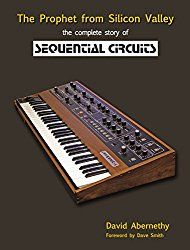



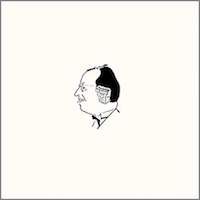


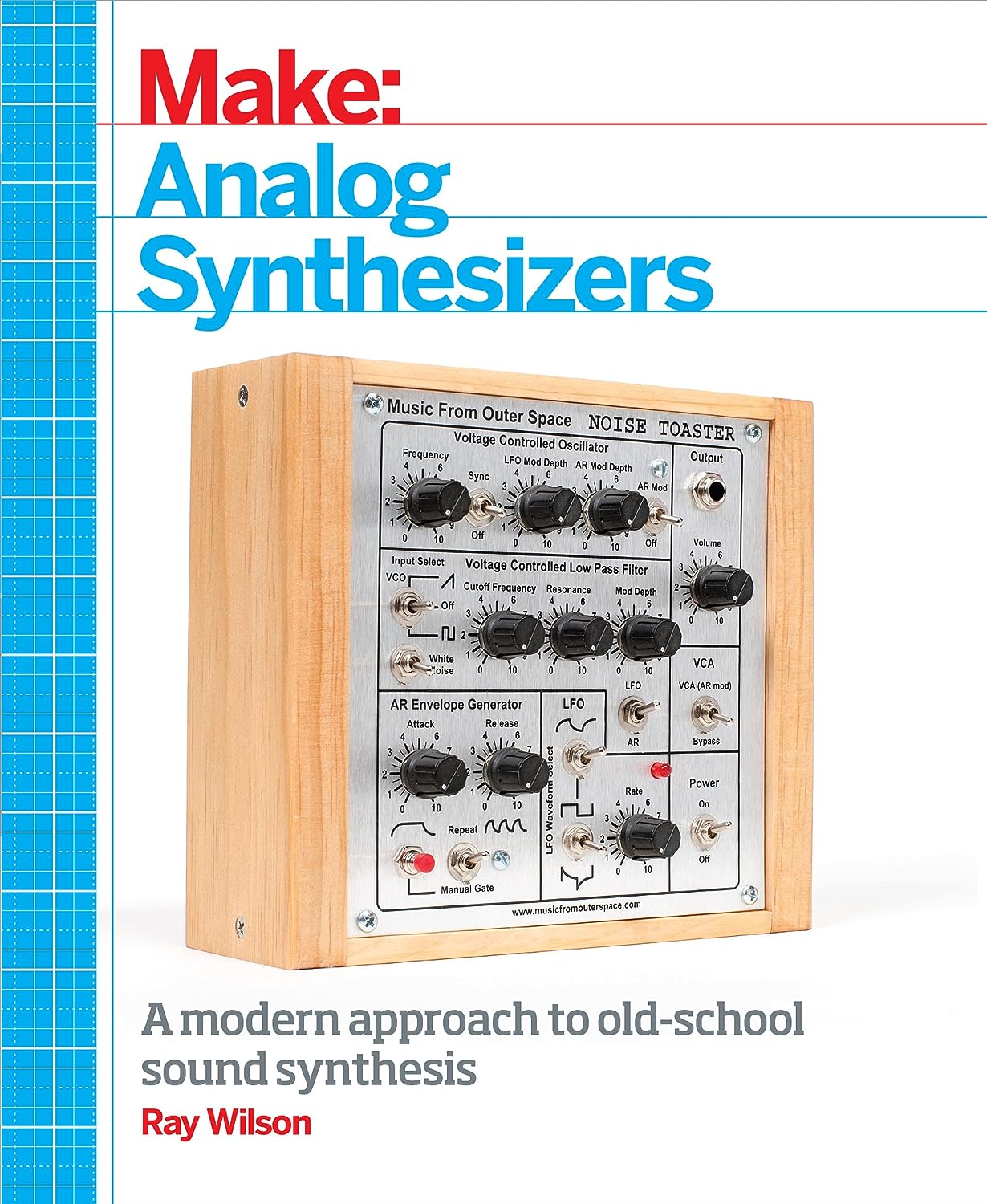

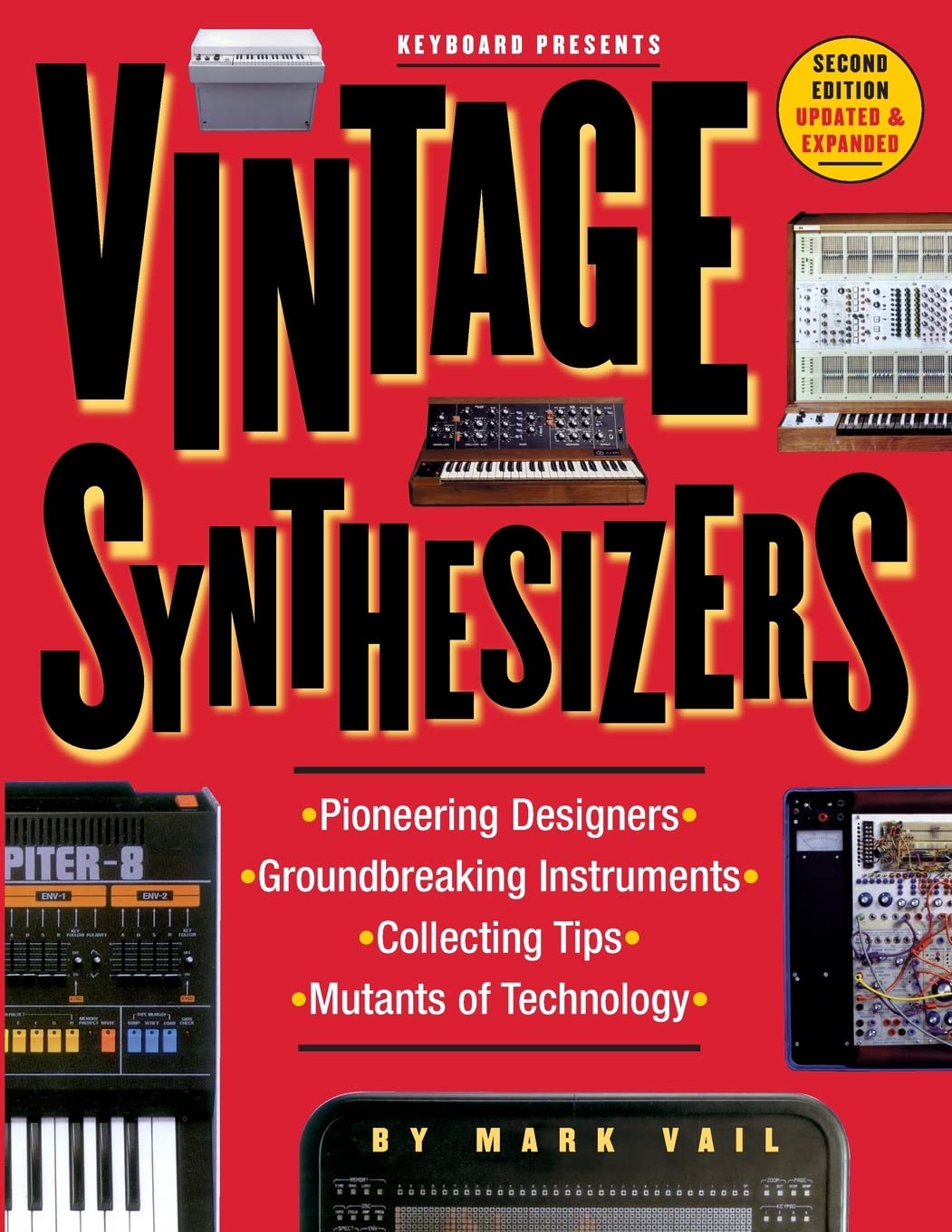
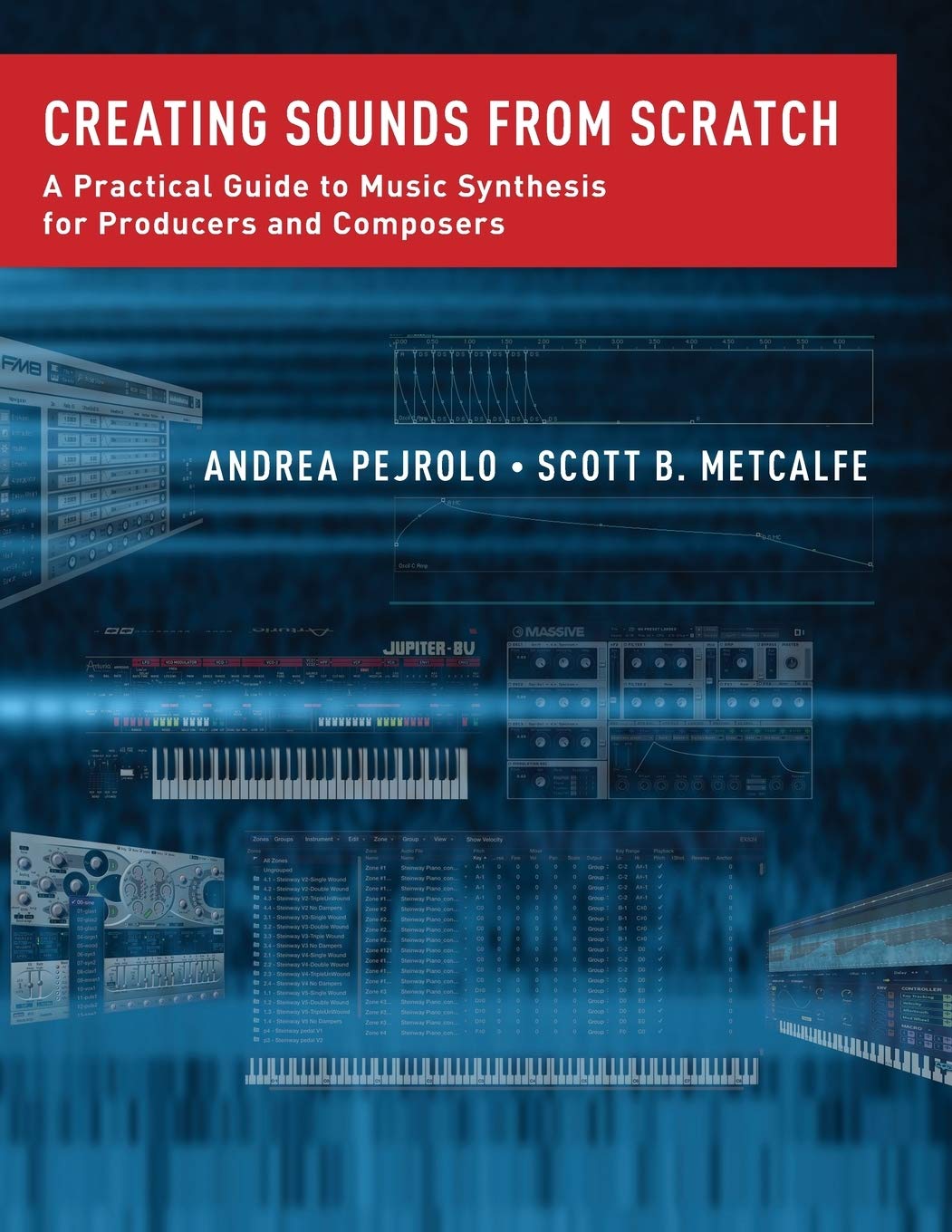
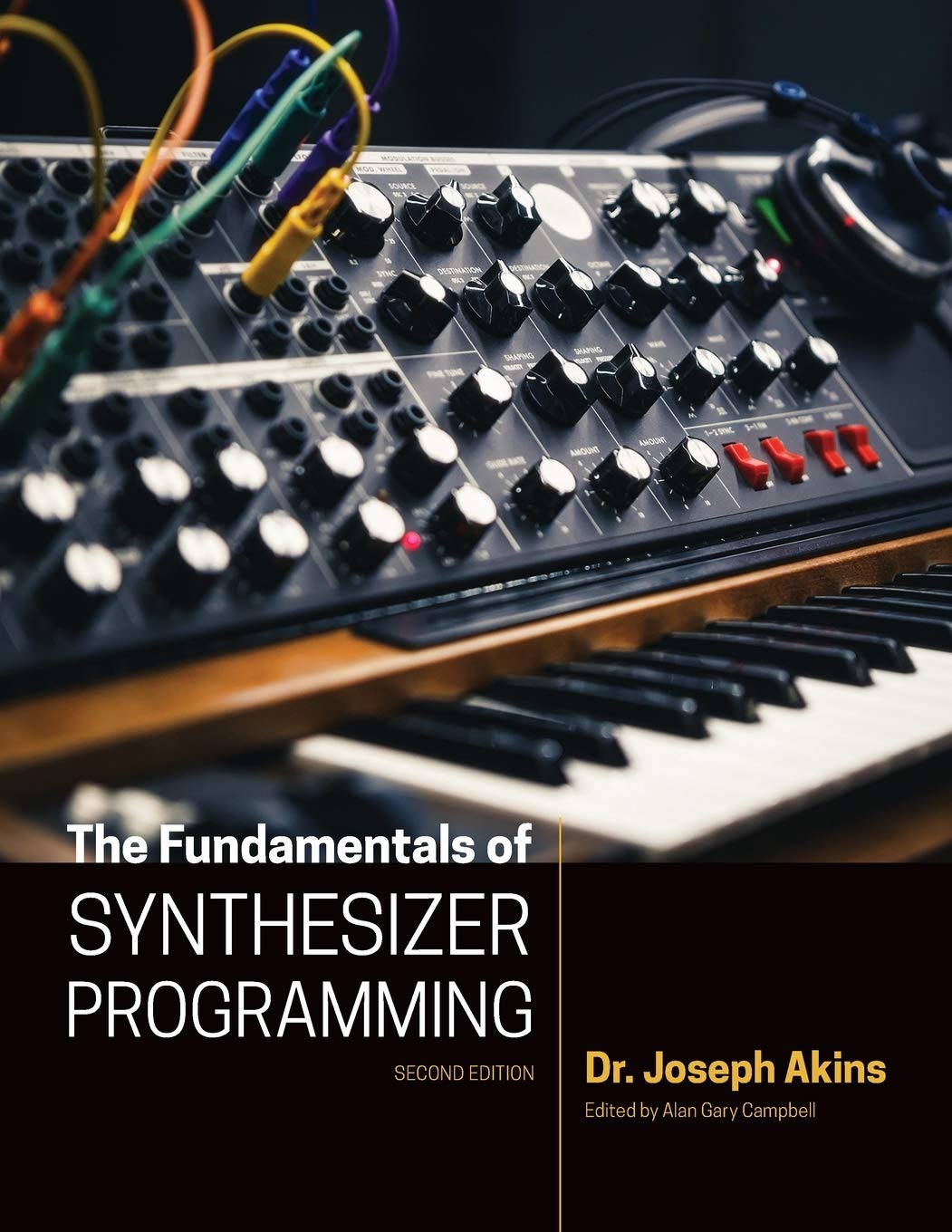
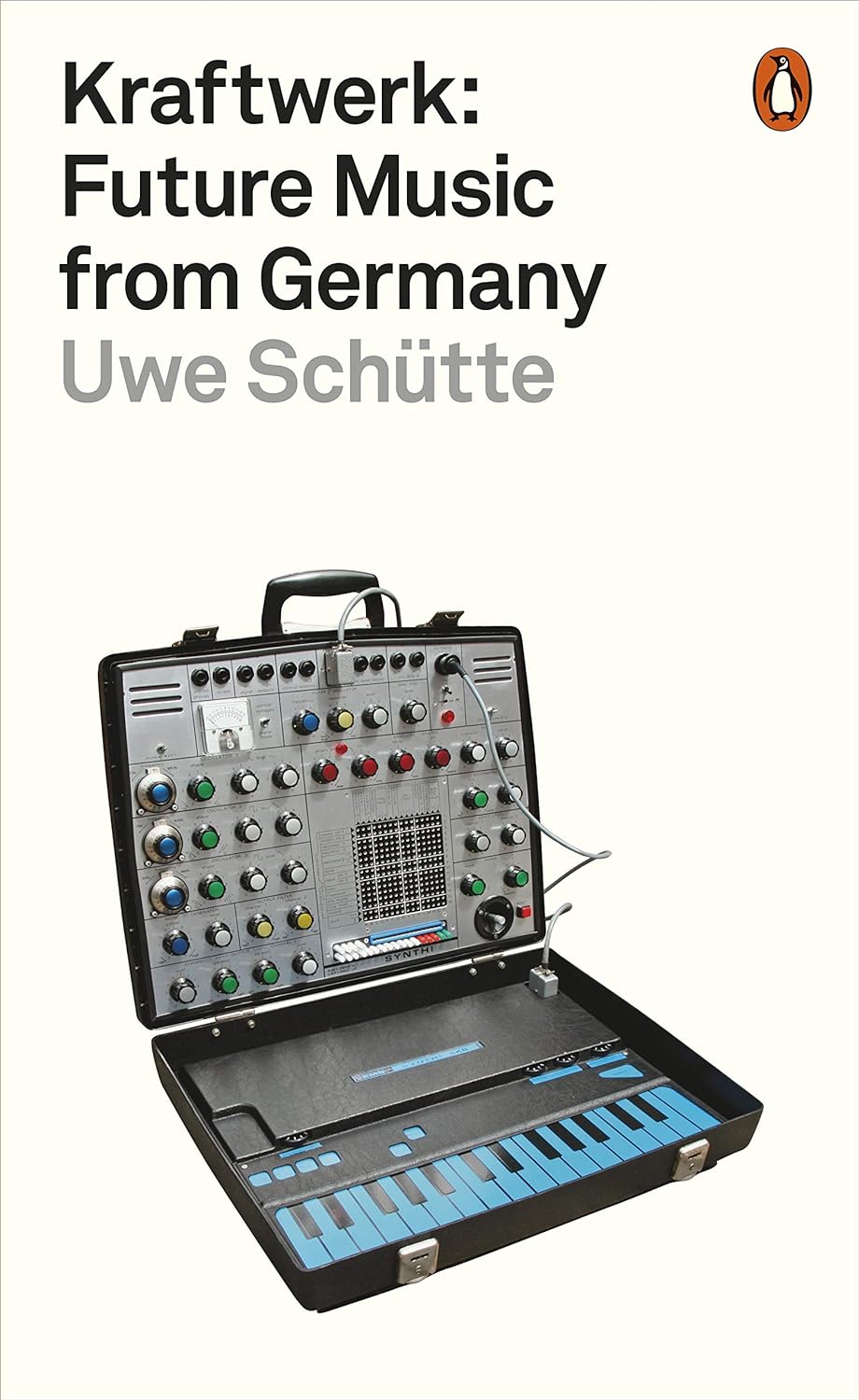
© Matrixsynth - All posts are presented here for informative, historical and educative purposes as applicable within fair use.
MATRIXSYNTH is supported by affiliate links that use cookies to track clickthroughs and sales. See the privacy policy for details.
MATRIXSYNTH - EVERYTHING SYNTH













© Matrixsynth - All posts are presented here for informative, historical and educative purposes as applicable within fair use.
MATRIXSYNTH is supported by affiliate links that use cookies to track clickthroughs and sales. See the privacy policy for details.
MATRIXSYNTH - EVERYTHING SYNTH








